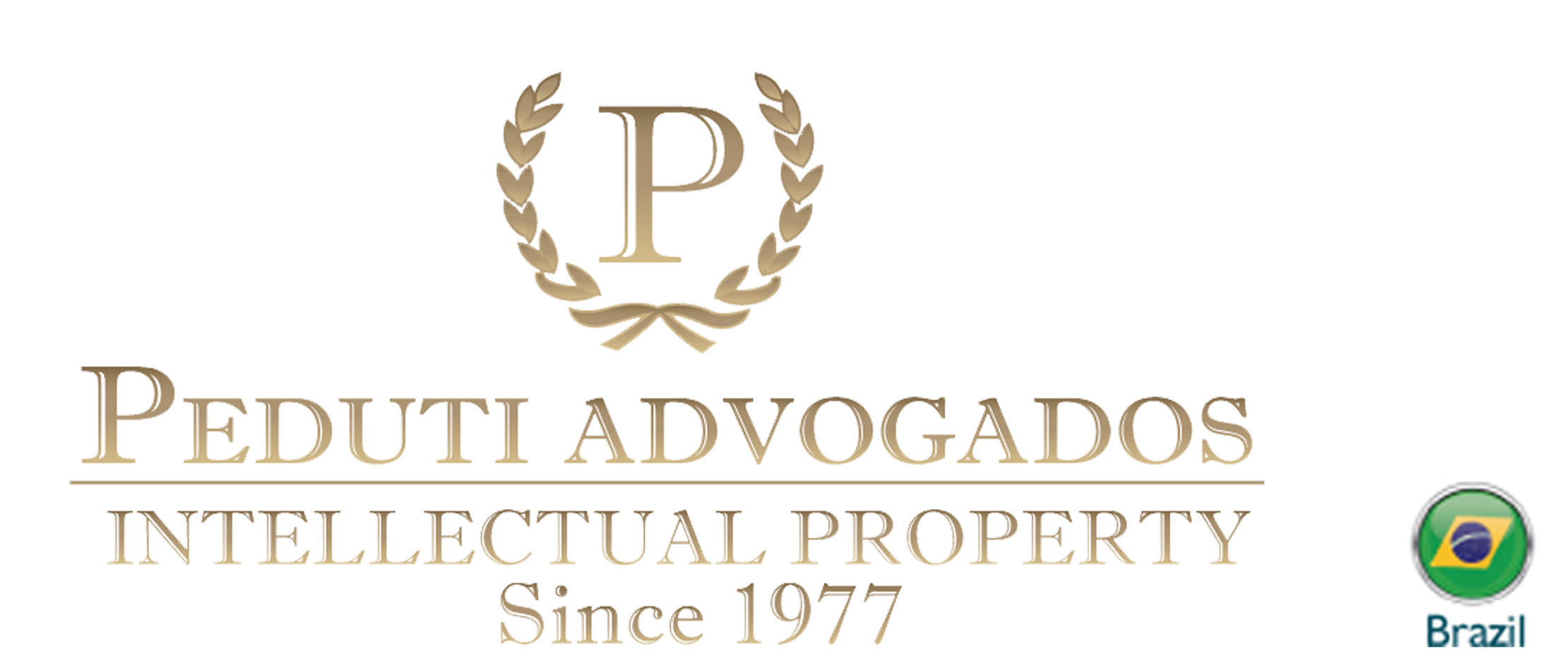As it is known, among the most important financial assets of a company are the intangible assets (e.g. brands and patents). Brands, on the one hand, have numerous functions of great importance in market society. It has distinctive functions: it designates certain products on the market before others; It serves as an investment protector, because, when a relationship is established between a product and its producer, the brand relates this recognition to its product success; It also increases competition and acts as a means of communication between the merchant and the public.
Genericide and consumer confusion phenomenons have negative effects on these important functions listed above. The first phenomenon, which happens when brand names are used as generic terms, hinder the brand from exercising its distinctive features and investment protection. The latter is a direct threat to merchant investment since demand is diverted, contributing in some cases to loss of brand distinctiveness.
In addition to the known consumer confusion types that may occur, defined by case-law and legal writings, there is an unusual category, which has different causes and consequences, called “post sale confusion.”

Under this category, which happens frequently in the luxury market, the buyer knows exactly the origin of a certain product; the confusion happens among third parties. It is called “post sale” because the purchase is made consciously, and, once it happens, the product circulation and utilization are similar to those of famous brands, turning exclusive features into something common.
The practice of selling luxury products with similar features to others is not capable – and does not intend – to mislead the consumer. However, it can diminish brand value, through the blurring or tarnishment of the famous brand, because it allows other companies to deliver items with the same design/features for a fraction of the price, depleting brand exclusivity and lessening demand.
It was recognized by the Court of Justice of Sao Paulo as follows: INDUSTRIAL PROPERTY, IMPROPER REPRODUCTION OF INDUSTRIAL DESIGN. MOTORCYCLES, UNFAIR COMPETITION, INDEMNITY FOR MORAL AND MATERIAL DAMAGES, PROHIBITORY INJUNCTIONS. (…) The defendants argued that there was no reproduction of the plaintiff’s industrial design, as the model follows a “market trend” and, because of that there are visual similaritites. (…) Therefore, there was no excuse for the defendants to reproduct the trade-dress of your products based on those initially manufactured by the plantiffs, inexisting said “market trend”. (…) Is that the trademarks’s design was put in not adequate enviroment for it’s owner desired and practiced standard, devaluating the sign in front of the consumers. (Apelação Cível nº 0068141-85.2012.8.26.0100, Relator Carlos Alberto Garbi, São Paulo, 2ª Câmara Reservada de Direito Empresarial, julgado em 31/10/2016, publicado em 03/11/2016)
Therefore, is not about the buyer’s effective confusion, with potential to directly divert the costumer, but of posterior association by the public that has not yet adquired the product.
Is this case, the effect is the very loss of the trademark’s distinctiveness, as the unique feature of the product comes to caracterize a product segment instead of the specific product of an specific manufacturer, as a “market trend”. This hypothesis of confusion, even though indirect, can generate financial liability to the manufacturer that intends to “take a ride” in the appreciation and prestige adquired by a third parties’s trademark.
—
Author: Enzo Toyoda Coppola, Junior Associate at Peduti Advogados.
—
“If you want to learn more about this topic, contact the author or the managing partner, Dr. Cesar Peduti Filho.”
“Se quiser saber mais sobre este tema, contate o autor ou o Dr. Cesar Peduti Filho.”


